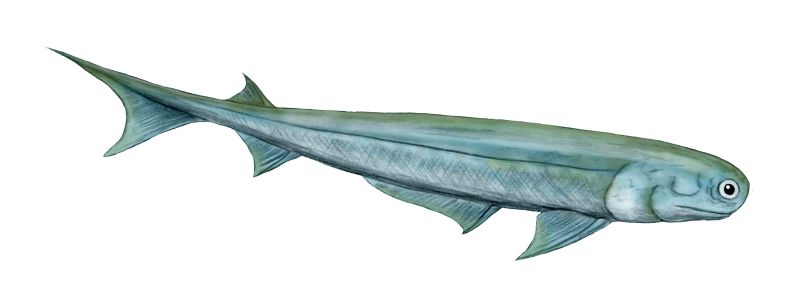I had this journal article in Nature brought to my attention; and low and behold! It has my favourite palaeoartist, Raul Martin's interpretation of this amazing predator, Concavenator corcovatus... 
Interesting features of this 130 million year old predatory dinosaur:
(1) a strange hump on its back; and
(2) unusual calcareous lumps on its forearms (believed to bear quills - a possible evidence of feathers).
The eleventh and twelfth vertebrae are more prominent, being double the height of the rest of the vertebrae. This pyramidal crest may have been used in territorial disputes and/or attracting a mate, or even similarly used in a manner resembling Stegosaurus' plates. (To me, it looks like an ideal, gentle slope where a male Concavenator could rest his chest while romancing the lady... but that's my outlandish observation).
At this point, all we can gather is Concavenator is a rather strange specimen.
Now the bumps on the forearms is even more controversial than the odd triangular hump. So the problem here is this... C. corcovatus provides evidence that feathers began to appear earlier than previously thought. Which now puts a little twist in the Therapod family tree, as Concavenator is more closely related to "Big Al" (MOR 693) which, up until now, have never had a feathery relative. The sister lineage which has the feather-featuring dinosaurs (T. rex) and finally leading to modern-day birds has now been thrown into shambles over the rights to bear plumage. 

















